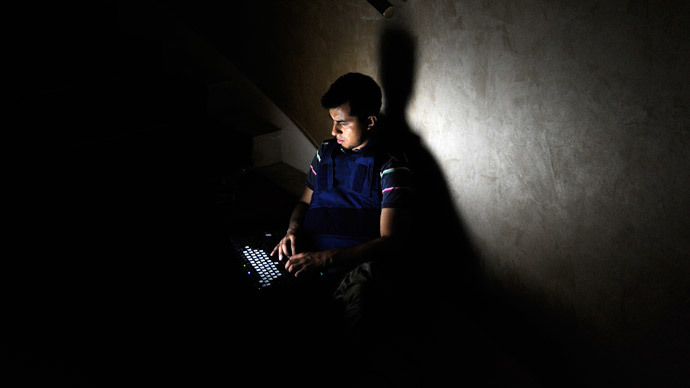Rape laws reviewed to expose rapists who ‘hide’ behind social media – legal conference

The number of rapists using social media to “cover their tracks” and produce false evidence trails is on the rise, according to speakers at a joint rape prevention conference of police and lawyers.
The conference, which took place Wednesday, heard from prosecutors who said they had noticed a pattern of behavior where rapists had created “false narratives” by contacting victims on social media, after committing the crime.
The revelations come as major changes to the way rape accusations are investigated mean rapists will have to prove that their alleged victim said “yes.”
Prosecutors noted one method of online deception, whereby offenders contacted their victims via text or social media, thanking them for the sexual encounter, and later relied on this as evidence in court.
Director of Public Prosecutions Alison Saunders told the conference that social media could be used to “set up the scene,” and even provide the basis for defense should the attacker stand trial.
Following the exposure of serial-sex offender Jimmy Saville and other high-profile celebrities alleged to be involved in historical sex abuse cases, there has been a 30 percent increase in the number of rape cases reported to police.
At the conference, Martin Hewitt, Assistant Commissioner for the Metropolitan Police, said he welcomed the rise in reported cases.
READ MORE:Extreme porn the cause of rape and violence, claims top judge
“The rise in reporting of rapes is something which I unreservedly welcome. The issue that causes me concern is the significant level of under-reporting. The reality is that we are still only getting 20-25 percent of those who suffer the offense … 75 percent of those [who are raped] are not coming forward.”
He added that more emphasis needed to be placed on the suspect’s behavior to make cases “less about the credibility of the victim and more about the credibility of the circumstances.”
Attendees of the conference were told “offenders may take steps which, on the face might seem normal or reasonable, to distance themselves from an offence or to reframe the offence … in order to undermine or pre-empt any allegation.”
Police and prosecutors dealing with rape cases have been issued with new guidance to seek proof that a victim actively consented.
Saunders further said lawyers needed to understand that in some situations the ‘no means no’ rule would not help victims in some cases. Victims may not have been able to consent, due to various circumstances.
She said victims of sexual assault should not be “blamed” for being too scared or incapacitated to say no. Police and prosecutors were told to ensure suspects could show the alleged victim had consented “with full capacity and freedom to do so.”
Campaigners called the latest measures “a huge step forward.”
Saunders added: “For too long society has blamed rape victims for confusing the issue of consent – by drinking or dressing provocatively for example – but it is not they who are confused, it is society itself and we must challenge that.”












